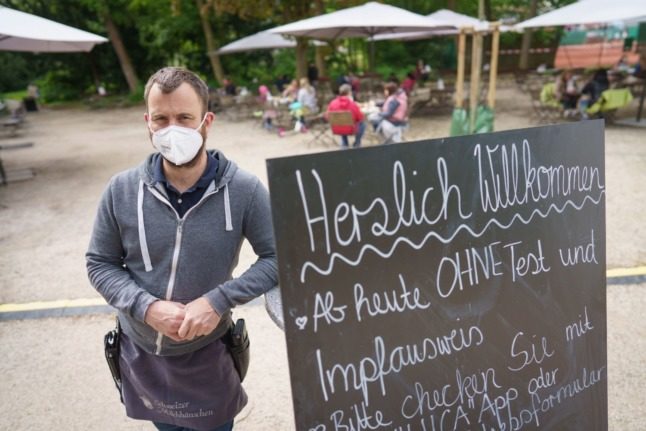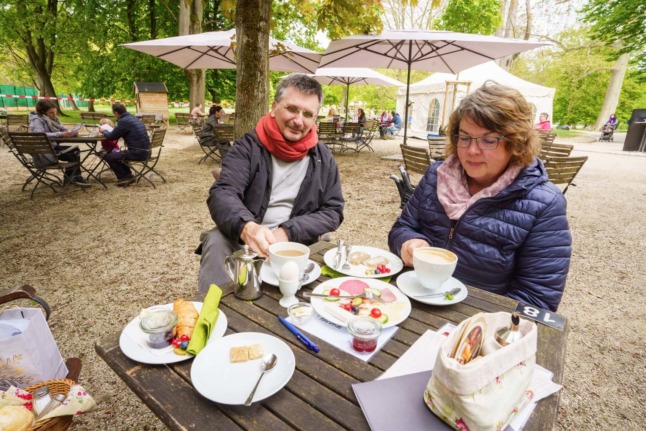Restaurants in Sweden boosted revenues by 3.2 percent in February on the previous month which showed a sales increase 0.7 percent on a yearly basis on the back of weak turnover during the autumn.
Sales volumes however decreased on a yearly basis accounting for price adjustments and were down 0.1 percent in February on the corresponding month of 2009. With the exception of December, sales have now declined on a yearly price-adjusted basis every month since July.
Cafés displayed a stronger all round performance in February with revenues up 6.8 percent in February, indicating the largest increase among the restaurant categories. Sales volumes climbed 3.3 percent after adjustment for price changes.
Hotel restaurants and fast food establishments were further categories performing strongly with February turnover up 5.6 (2.2) percent and 6 percent (2.5) respectively.
SCB’s restaurant index is published monthly and charts the sector by categories. The index is developed in cooperation with unions and employer groups.
Despite the positive indications, the Swedish Hotel and Restaurant Association (SHR) is reluctant to describe the February report as a new trend.
“Despite the relatively strong rebound in sales in February compared with the corresponding month in 2009, it can not be interpreted as any noticeable change as February 2009 was an extremely weak month compared with February 2008,” the employer’s group wrote in a comment on the SCB report.
SHR points out that while the modest surge comes from a very low level and that the sector is still experiencing tough times, expectations have improved over a swift recovery in the coming months.



 Please whitelist us to continue reading.
Please whitelist us to continue reading.
Member comments